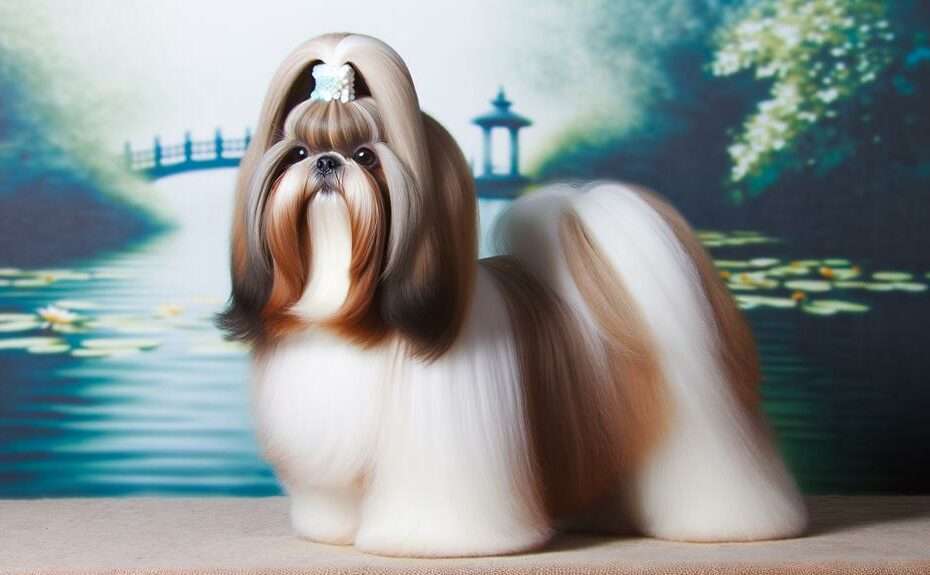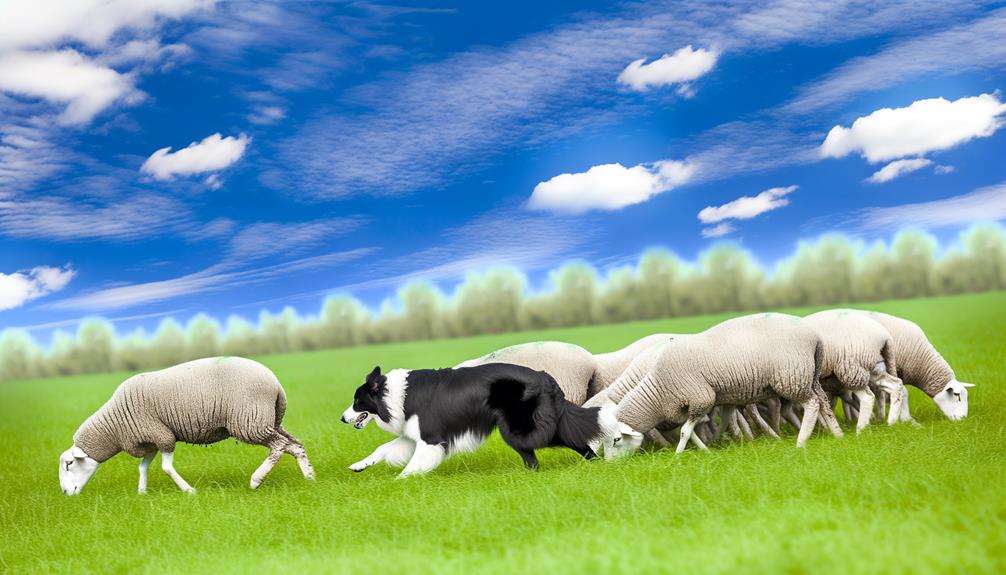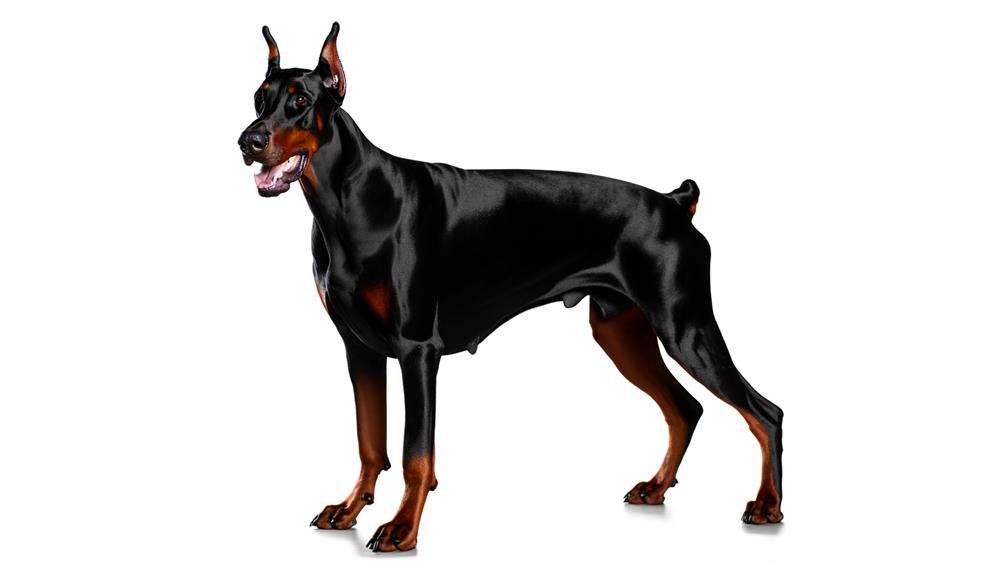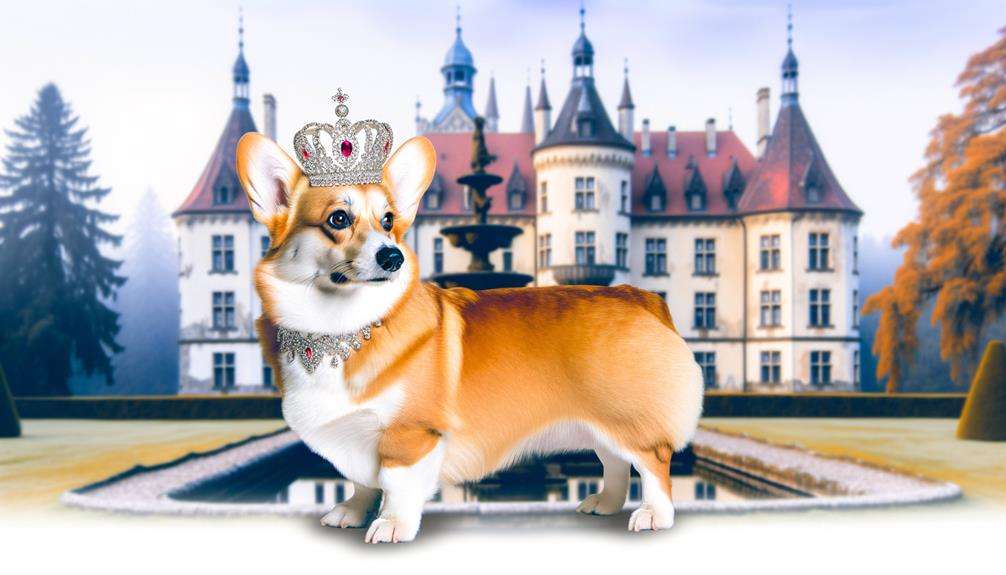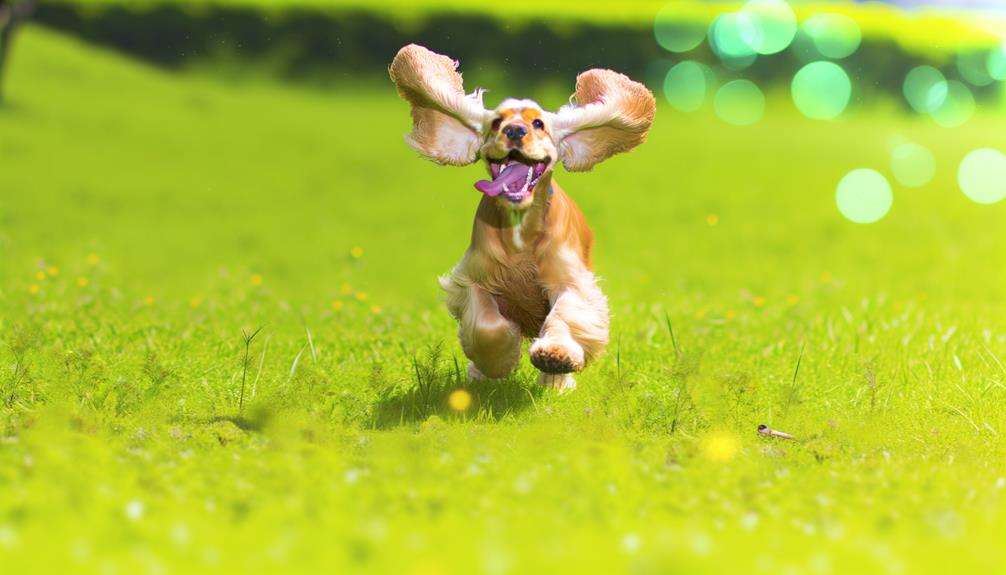Imagine a regal canine companion with a history shrouded in royal mystique and ancient allure. The Shih Tzu, often referred to as the Lion Dog, has a lineage that traces back to esteemed origins.
Delving into the past of this majestic breed unveils tales of imperial palaces and noble connections, painting a picture of a dog breed fit for emperors and revered for its pampered status. But how did this small, lion-like dog come to hold such esteemed positions in history?
Stay tuned to uncover the captivating journey of the Shih Tzu and its fascinating royal roots.
Key Takeaways
- Developed by Tibetan monks, the Shih Tzu is a revered 'Lion Dog' exclusive to Chinese Imperial courts.
- Symbolizing strength and loyalty, this breed served royal circles, epitomizing elegance and luxury.
- Bred and raised by palace eunuchs, Shih Tzus maintained a deep bond with emperors, signifying tradition.
- Preserved through careful breeding, the Shih Tzu's distinctive characteristics symbolize exclusivity and regal heritage.
Ancient Chinese Origins
In ancient China, the Shih Tzu breed was meticulously developed by Tibetan monks, distinct from other breeds such as the Lhasa Apso, Pug, and Pekingese. These small dogs were highly regarded in Chinese society, especially within royal circles. Tibetan monks presented the Shih Tzu, known as 'Shih-tzu Kou' or Lion Dog in Chinese, as gifts to Chinese emperors and empresses. Due to their lion-like appearance, they were considered sacred and exclusive to the Imperial courts. The Shih Tzus' royal heritage was evident as they were rarely seen outside the palaces, where they were pampered and cared for by palace eunuchs.
Their connection to nobility was further emphasized during the Ming and Manchu Dynasties, where Shih Tzus were often carried inside the robes of noble women or used as warmers in their beds. This close association with luxury, Buddha, and the royal courts solidified the Shih Tzu's reputation as a treasured companion dog with a unique and revered history in Chinese culture.
Imperial Palaces and Royalty
Nestled within the opulent confines of imperial palaces, Shih Tzus held a revered status as cherished companions to royalty during the Ming and Manchu Dynasties in China. These small dogs were an integral part of royal life, playing various roles that showcased their importance:
- Exclusive Breeding: Shih Tzus were bred and raised exclusively by palace eunuchs, ensuring that only the finest lineage graced the imperial courts.
- Royal Appearance: Their small stature and luxurious coats made them the epitome of elegance, perfectly complementing the grandeur of the Chinese royalty.
- Imperial Guardians: Shih Tzus were more than just pets; they provided warmth and companionship to emperors and empresses, symbolizing loyalty and devotion within the royal family.
Within the confines of the imperial palaces, the presence of Shih Tzus signified not only a love for dogs but also a deep-rooted respect for tradition and lineage. Their significance extended far beyond mere companionship, showcasing the deep bond between these 'lion dogs' and the esteemed Chinese royalty.
Prized 'Lion Dog' Heritage
Embedded within the historical tapestry of royal courts, the heritage of the Shih Tzu as a prized 'Lion Dog' emanates a sacred aura of reverence and exclusivity. The Shih Tzu, known as the 'Little Lion' in Traditional Chinese, was meticulously bred to exhibit lion-like facial features, symbolizing strength, courage, and loyalty. In the annals of Royal History, these charming canines were cherished companions within the opulent confines of Imperial courts, where they held a position of honor and privilege.
Exclusively nurtured by palace eunuchs during the Ming and Manchu Dynasties, the Shih Tzus were revered for their elegant demeanor and affectionate nature. Their presence was a symbol of prestige and prosperity, with ownership restricted to the nobility under penalty of death. These diminutive yet majestic creatures weren't mere pets but esteemed members of the royal household, often found nestled in the silk robes of noblewomen or providing warmth at the feet of emperors and empresses. The legacy of the Shih Tzu as a cherished 'Lion Dog' endures as a testament to their regal lineage and historical significance.
Regal Lineage Unveiled
Unveiling the majestic lineage of the Shih Tzu breed reveals a captivating tale of regal heritage intertwined with the opulence of Chinese Imperial courts. These lion-like dogs weren't mere pets but treasured symbols of prosperity and wealth within the royal court. Here's why their regal lineage is so remarkable:
- Exclusivity in the Royal Court: Shih Tzus were exclusively owned by the royal court, seldom seen beyond the palace walls. The severe penalties for unauthorized ownership highlighted their esteemed status.
- Royal Accompaniments: These elegant dogs served various roles within the royal court, from being carried inside the robes of noble women to providing warmth to emperors and empresses. Their presence symbolized luxury and comfort.
- Survival through Careful Breeding: Despite facing near extinction in the early 20th century, the Shih Tzu breed endured through meticulous breeding efforts. A dedicated group of 14 foundational dogs ensured the preservation of their regal lineage, allowing their distinctive characteristics to thrive till today.
Noble Roots Explored
Delving into the noble roots of the Shih Tzu breed reveals a rich tapestry of cultural significance and revered history. Originating in ancient China, Tibetan monks gifted these majestic dogs to Chinese emperors, who held them in high regard within the Imperial courts. Known as 'Shih-tzu Kou' in Chinese, which translates to Lion Dog, their resemblance to lions symbolized strength and courage.
Considered sacred companions, Shih Tzus were exclusive to the royal court, rarely seen outside the palace walls. Bred and raised by palace eunuchs during the Ming and Manchu Dynasties, these dogs were so revered that ownership by commoners was punishable by death.
The royal bloodlines of the Shih Tzu were meticulously maintained, with the breed standard set in 1938 after being presented to Empress Tzu Hsi. Despite their ancient origins, they gained popularity in America during the 1960s, carrying with them the majestic history of their royal roots.
Majestic Canine Companion's History
The history of the majestic Shih Tzu as a cherished canine companion dates back to ancient China, where they served as loyal lapdogs to Chinese royalty since the 7th century AD. These royal dogs were carefully bred and raised by palace eunuchs, becoming exclusive property of the Imperial courts.
Key Points:
- Imperial Status: Shih Tzus held a sacred position in Chinese history, being symbols of nobility and prestige within the Imperial courts due to their lion-like features.
- Royal Treatment: These lapdogs had the privilege of being carried inside the robes of noble women, providing warmth and companionship to emperors and empresses in the palaces.
- Restricted Access: Shih Tzus were rarely seen outside the palace walls, further emphasizing their significance as prized possessions of the Chinese royalty.
The Shih Tzu's legacy as a majestic companion with deep roots in Chinese history continues to captivate dog enthusiasts worldwide, showcasing their enduring appeal and regal charm.
Frequently Asked Questions
Why Are Shih Tzus Called Lion Dogs?
Shih Tzus are called lion dogs due to their resemblance to lions, reflecting strength and prosperity in Chinese culture. Their origins explained through historical references and imperial connections, making them popular breeds with symbolic meanings of royalty.
What Is the Mythology of the Shih Tzu?
Ancient origins of the Shih Tzu lie in Tibetan monasteries, where they were bred as legendary guardians. Their imperial connections made them symbolic of power and prosperity. Cultural legends link them to the Buddha, emphasizing their mythical origins.
Did Chinese Emperors Have Shih Tzus?
Chinese emperors cherished Shih Tzus as royal pets. These furry companions held significant historical connections as imperial companions, symbolizing cultural richness. The bond between emperors and their Shih Tzus showcased the deep reverence for these special dogs.
What Is the Bloodline of a Shih Tzu?
In the regal world of Shih Tzus, their bloodline is a tapestry woven with royal heritage and noble ancestry. Through careful breeding and historical connections, every Lion Dog today carries the legacy of their aristocratic background.
Conclusion
As you delve into the regal history of the Shih Tzu, you uncover a majestic tale of loyalty, companionship, and royal splendor.
From ancient Chinese origins to their prized 'Lion Dog' heritage, these noble creatures have truly lived up to their majestic reputation.
So, the next time you gaze into the soulful eyes of a Shih Tzu, remember that you aren't just looking at a pet, but a noble companion with a rich and storied lineage.
